VERAPAMIL - ORAL
PHONETIC PRONUNCIATION: (ver-AP-a-mil)
COMMON BRAND NAME(S): Calan, Isoptin
GENERIC NAME(S): verapamil HCl
Uses
USES: Verapamil is used to treat high blood pressure. Lowering high blood pressure helps prevent strokes, heart attacks, and kidney problems. Verapamil belongs to a class of drugs known as calcium channel blockers. It works by relaxing blood vessels so blood can flow more easily. Verapamil is also used to prevent chest pain (angina). It may help to increase your ability to exercise and decrease how often you may get angina attacks. Verapamil is also used to control your heart rate if you have a fast/irregular heartbeat (such as atrial fibrillation). It helps to lower the heart rate, helping you to feel more comfortable and increase your ability to exercise.
How to use VERAPAMIL - ORAL
HOW TO USE: Take this medication by mouth with or without food as directed by your doctor, usually 3 or 4 times daily. The dosage is based on your medical condition and response to treatment. Use this medication regularly to get the most benefit from it. To help you remember, take it at the same times each day. For the treatment of high blood pressure, it may take a week before you get the full benefit of this drug. Keep taking this medication even if you feel well. Most people with high blood pressure do not feel sick. To prevent chest pain, it is very important to take this medication regularly as prescribed. This drug should not be used to treat chest pain when it occurs. Use other medications to relieve sudden attacks as directed by your doctor (for example, nitroglycerin tablets placed under the tongue). Consult your doctor or pharmacist for details. Do not stop taking this medication without consulting your doctor. Some conditions may become worse when this drug is suddenly stopped. Your dose may need to be gradually decreased. Tell your doctor if your condition does not get better or if it gets worse (for example, your blood pressure readings remain high or increase or your chest pain occurs more often).
Side Effects
Precautions
Interactions
Overdose
Images
Reviews
Faq for VERAPAMIL - ORAL
Verapamil is an oral medication used for treating high blood pressure, chest pain (angina), and certain heart rhythm disorders (arrhythmias).
Verapamil works by relaxing and widening blood vessels, which helps to lower blood pressure and improve blood flow to the heart. It also helps to regulate the heart's electrical activities, preventing irregular heartbeats.
Common side effects of verapamil may include constipation, dizziness, headache, nausea, low heart rate, and swelling of ankles or feet. However, not everyone experiences these side effects.
Verapamil should only be used during pregnancy if it is clearly needed. It is important to consult with your healthcare provider before taking verapamil if you are pregnant or planning to become pregnant.
Yes, verapamil can interact with other medications, including but not limited to beta-blockers, antiarrhythmics, blood pressure medications, and certain antibiotics. It is essential to inform your doctor about all the medications you are taking to avoid any potential drug interactions.
Verapamil should be taken exactly as prescribed by your healthcare provider. The dosage and frequency of administration will vary depending on the condition being treated. It is usually taken orally with or without food, but it is crucial to follow the instructions provided by your doctor.
It is generally not recommended to consume alcohol while taking verapamil as it may increase the risk of side effects such as dizziness or fainting. It is best to discuss with your healthcare provider regarding alcohol consumption while on this medication.
If you forget to take a dose of verapamil, take it as soon as you remember. However, if it is close to the time for your next dose, skip the missed dose and continue with your regular dosing schedule. Do not double the dose.
Verapamil is generally not known to have significant interactions with specific foods. However, grapefruit or grapefruit juice should be avoided as it can increase the levels of verapamil in the blood, leading to potential side effects.
Disclaimer
IMPORTANT: HOW TO USE THIS INFORMATION: This is a summary and does NOT have all possible information about this product. This information does not assure that this product is safe, effective, or appropriate for you. This information is not individual medical advice and does not substitute for the advice of your health care professional. Always ask your health care professional for complete information about this product and your specific health needs.
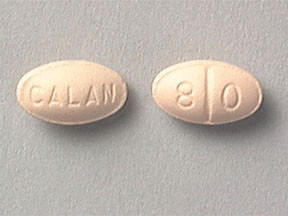

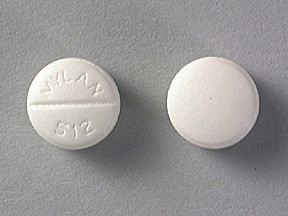
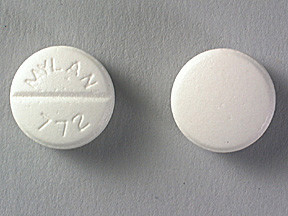
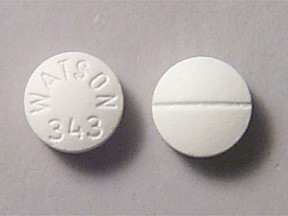
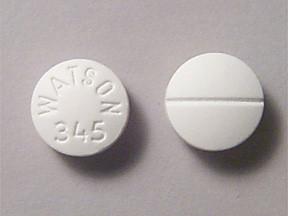
No Reviews Yet